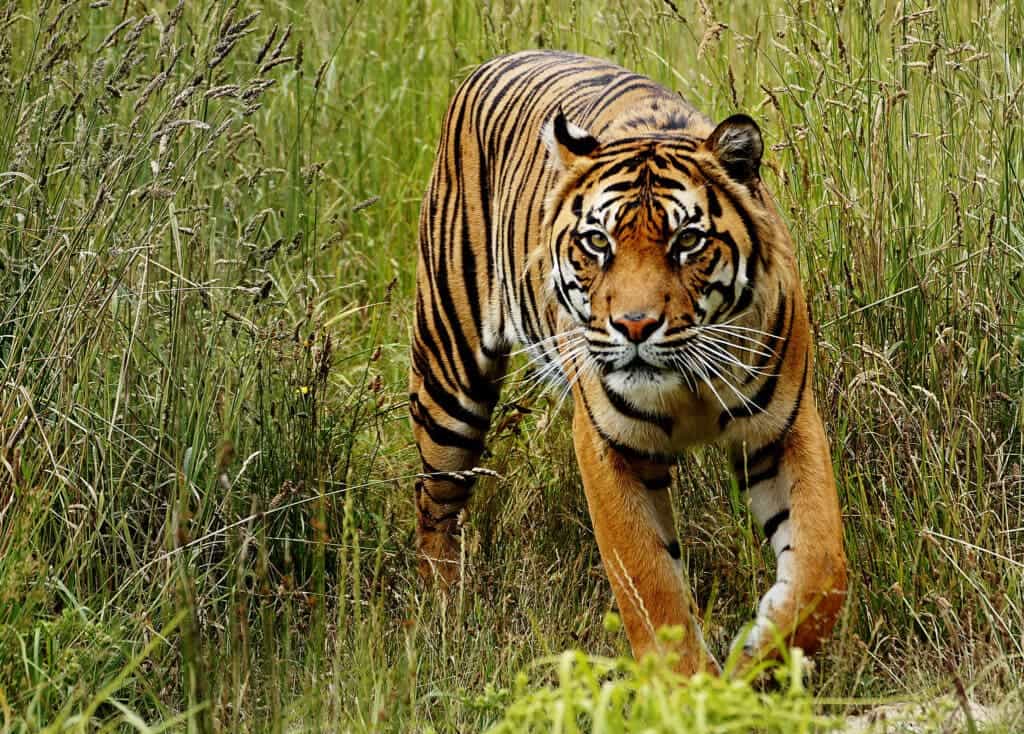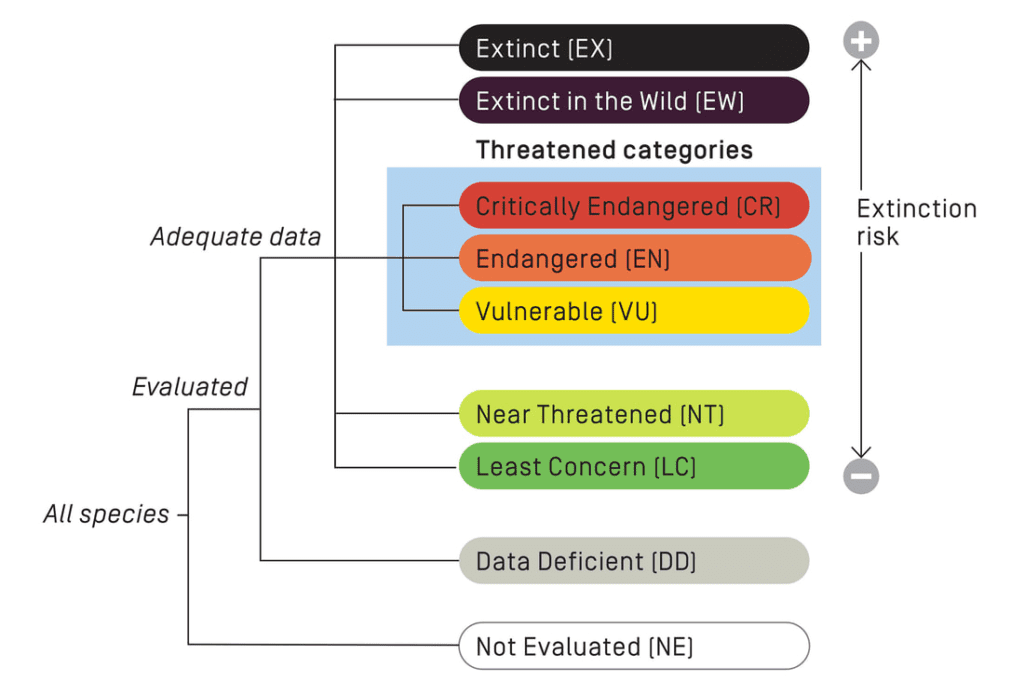According to a new assessment by the International Union for Conservation of Nature (IUCN), there are about 40% more tigers in the wild than in 2015 — translating to around 5,600 more tigers. The increase is mainly due to successful conservation measures as well as improvements in the monitoring of the animals, with several populations being described as stable and quickly recovering.

The reassessment came as the IUCN updated its Red List of Threatened Species, the world’s more comprehensive source on the conservation status of plants, animals, and fungi. While tigers are still considered endangered, IUCN said habitat conservation programs are succeeding and that recovery is highly possible.
Threats against tigers are virtually exclusively associated with humans. These include poaching, hunting, as well as habitat fragmentation and destruction due to growing pressures of agriculture and human settlement. Improving protected areas, ensuring they are being properly managed, and working with local communities living in tiger habitats are critical to protecting tiger species, IUCN said.
“Tiger population recovery shows us that solving complex conservation challenges is possible, and within our reach,” Jon Paul Rodríguez, Chair of the IUCN Species Survival Commission. “We need to learn from these conservation successes, share them with the public, and increase our investment in evidence-based conservation action.”
In a report in February, the World Wildlife Fund (WWF) also highlighted that wild tiger numbers are recovering after a century of decline in habitats of China, Bhutan, Russia, India, and Nepal. However, tigers are still restricted to less than 5% of their historic range, WWF said, calling for further conservation measures, as more protected areas.
Endangered species
IUCN’s Red List classifies species into eight categories of threat. A total of 147,517 were reviewed in this latest version, with 41,459 considered as being threatened with extinction. Of those, 9,065 are critically endangered, 16,094 are endangered and 16,300 are vulnerable. The list also counted 902 species that are now extinct.

There was good news for tigers in the new assessment, but things were less optimistic for other species. For instance, the migratory monarch butterfly is now classified as endangered due to climate change and habitat destruction. The native population has shrunk between 22% and 72% over the past decade, with deforestation having destroyed large habitat areas.
“It is difficult to watch monarch butterflies and their extraordinary migration teeter on the edge of collapse, but there are signs of hope,” Anna Walker, an IUCN member who led the monarch butterfly assessment, said in a statement, highlighting recovery efforts. “We all have a role to play in making sure this insect makes a full recovery.”
Overall, it’s getting worse for more species. For instance, the assessment showed that all of the world’s remaining 26 sturgeon species are currently at risk of extinction, up from 85% in 2009. The Yangtze Sturgeon (Acipenser dabryanus) has now moved from Critically Endangered to Extinct, while 17 species are now critically endangered, three are endangered and five are vulnerable.
For centuries, sturgeons have been overfished for their meat and caviar. They are protected under international law but poaching still affects over half of the species. Dams are also a big problem for sturgeon species migrating to their breeding grounds, while warmer rivers because of climate change are also disrupting their reproduction.
“The diversity of freshwater species underpins the health of our freshwater ecosystems and our planet as a whole,” Harmony Patricio, Re:wild freshwater fish conservation manager, said in a statement. “The news out today on the status of the world’s sturgeons should act as a red alert about the declining health of the lakes and rivers sturgeons live in.”









